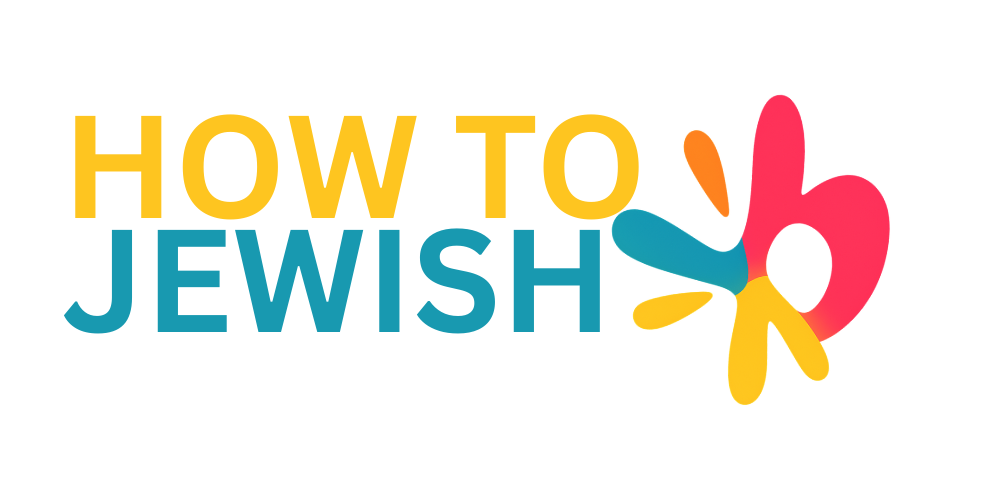Introduction
The Jewish calendar is filled with holidays that mark sacred times, historical milestones, and spiritual opportunities. Each holiday has its own customs, meanings, and mitzvot (commandments), and together they form a rhythm that shapes Jewish life throughout the year.
The Cycle of the Year
Jewish holidays follow the Hebrew calendar, which is lunar-based. This means that the holidays shift slightly on the Gregorian calendar each year, but their order and spiritual flow remain consistent. The cycle begins in the spring with Passover and continues through Shavuot, the High Holidays in the fall, Sukkot, and ends with the winter celebration of Chanukah.
Major Biblical Holidays
- Passover (Pesach): Celebrates the Exodus from Egypt. It begins with a seder meal and includes eating matzah (unleavened bread) for seven days.
- Shavuot: Commemorates the giving of the Torah at Mount Sinai. It is marked by all-night Torah study and eating dairy foods.
- Rosh Hashanah: The Jewish New Year, a time of reflection and prayer. The shofar (ram’s horn) is blown.
- Yom Kippur: The Day of Atonement. A fast day focused on repentance and prayer.
- Sukkot: A joyous harvest festival. Jews dwell in a sukkah (temporary hut) and wave the four species (lulav and etrog).
Rabbinic Holidays
- Chanukah: Celebrates the rededication of the Temple and the miracle of the oil. Jews light the menorah for eight nights.
- Purim: Commemorates the salvation of the Jews in Persia. Celebrated with a festive meal, gifts to the poor, and reading the Megillah (Book of Esther).
Fast Days
There are also several fast days throughout the year, including the 9th of Av (Tisha B’Av), which mourns the destruction of the Temple.
Conclusion
Each holiday offers a unique opportunity to connect with Jewish history, values, and God. Whether you’re lighting candles, sitting in a sukkah, or hearing the shofar, the holiday cycle invites you to experience Judaism in action — one sacred step at a time.







